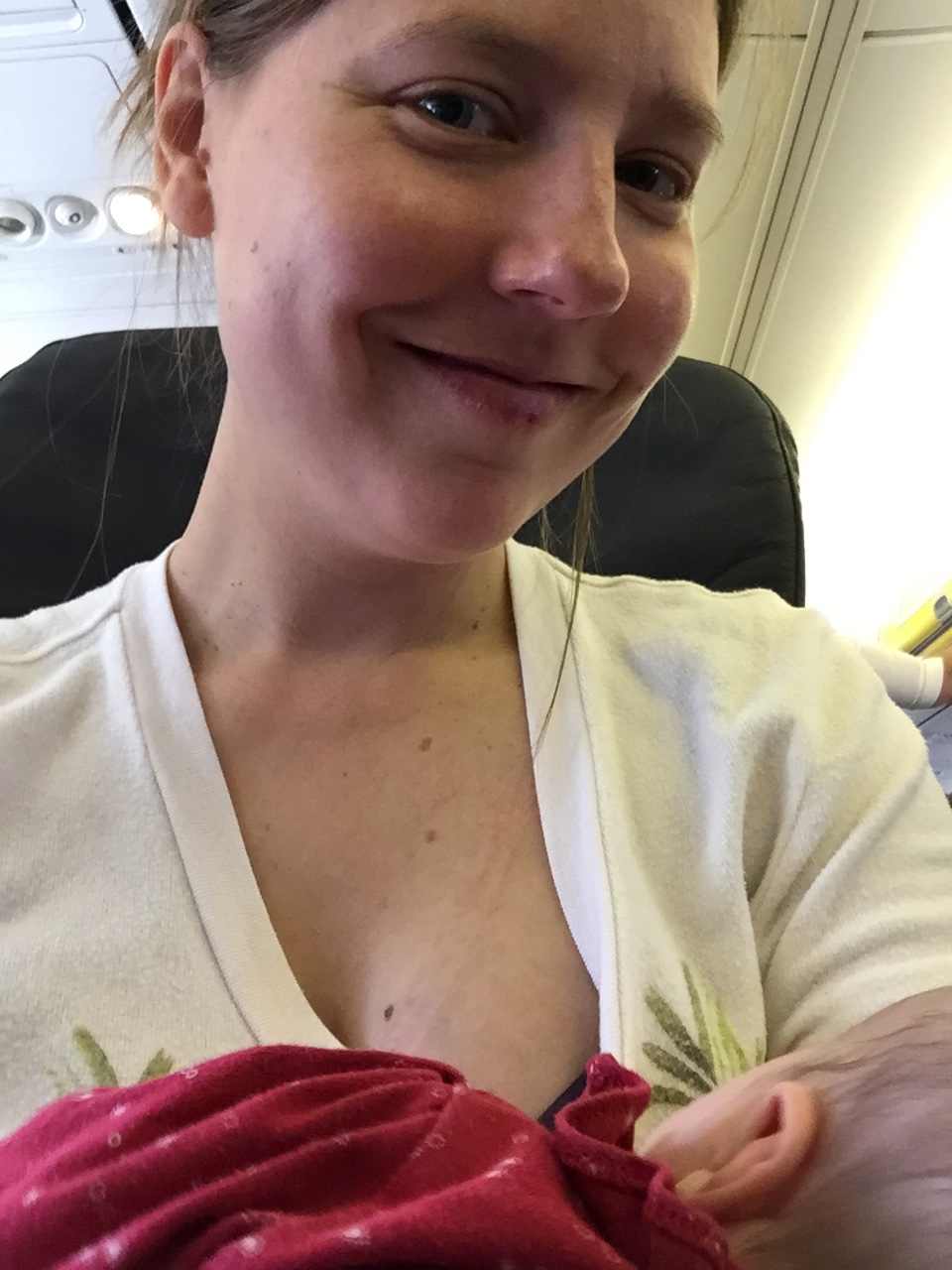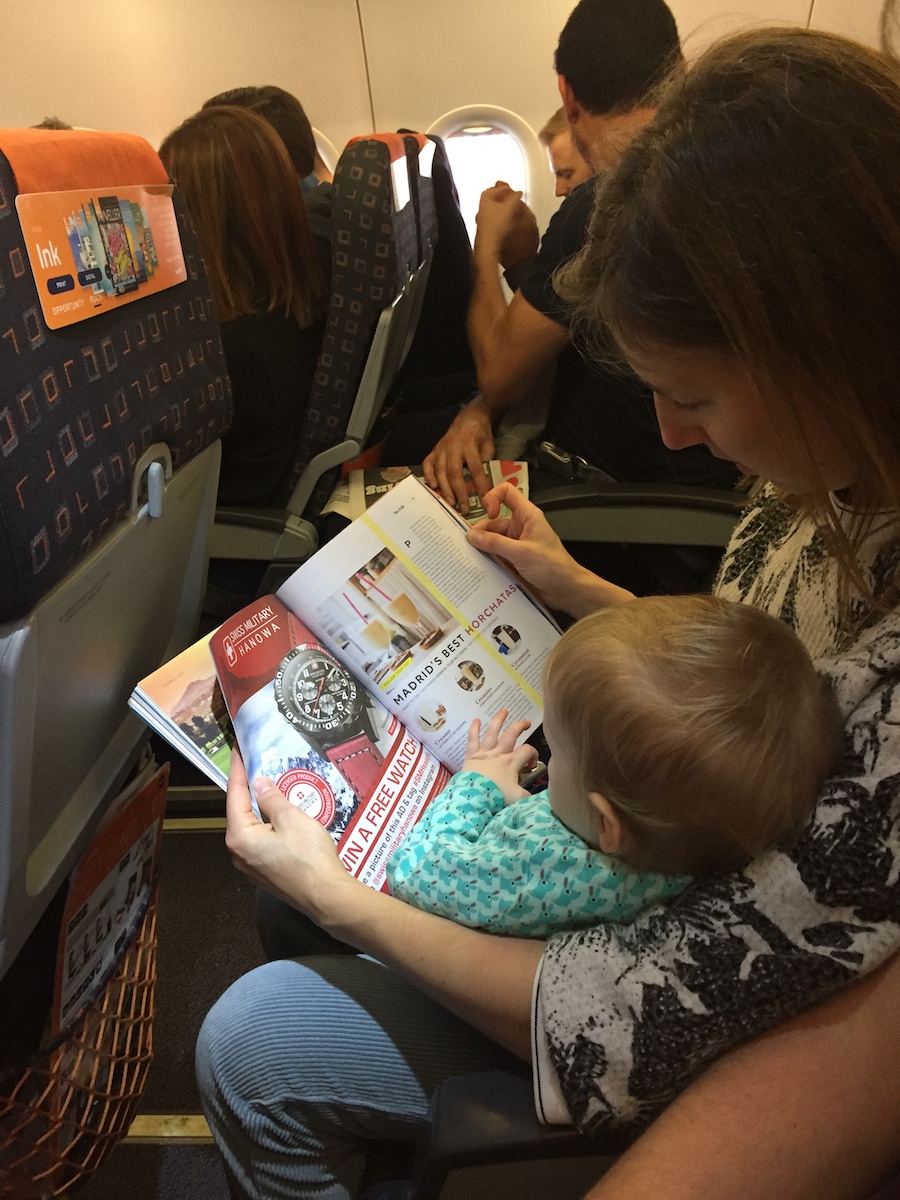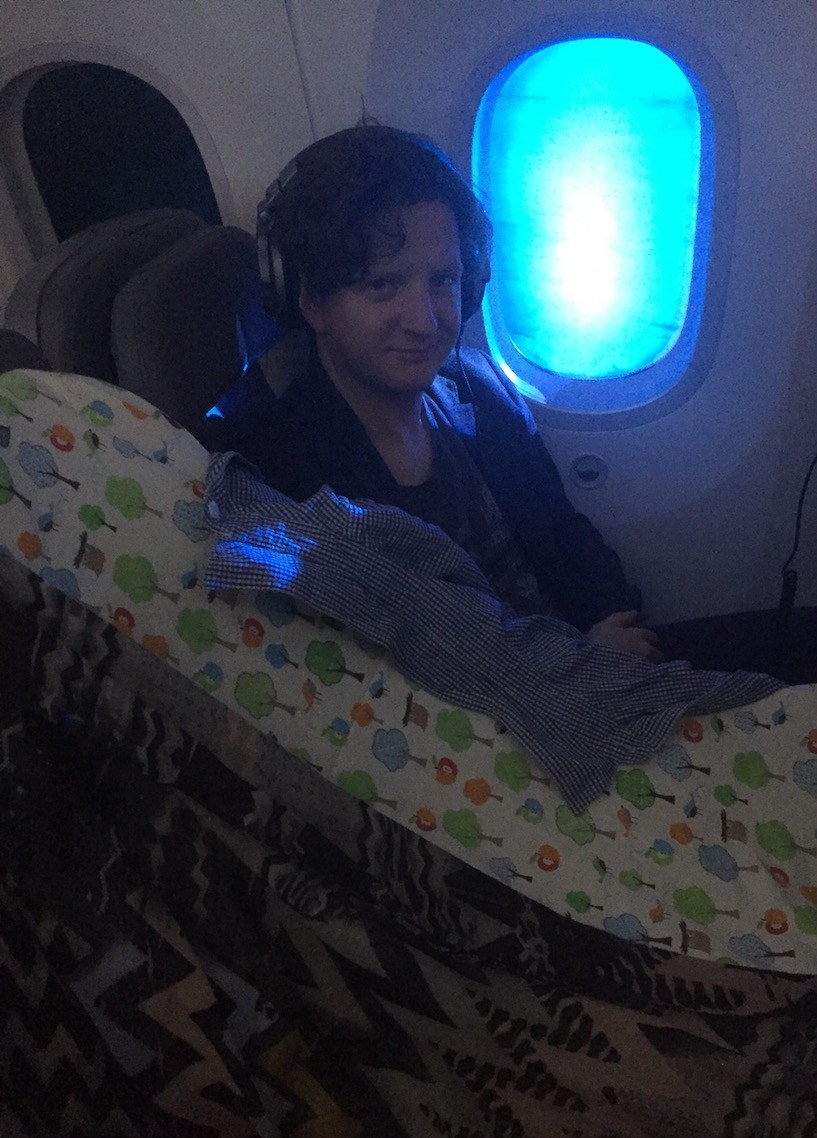Published in the July/August 2018 issue of Baby London.
Travelling with a baby is a daunting prospect for many parents. Even mums and dads who were experienced globe-trotters before starting a family can feel overwhelmed when thinking about the logistics of that first holiday with their little one. Break the organising down into bite-sized chunks, however, and it all becomes a bit more manageable, leaving you time to get excited about the adventures that await you as a new family.
Getting a passport
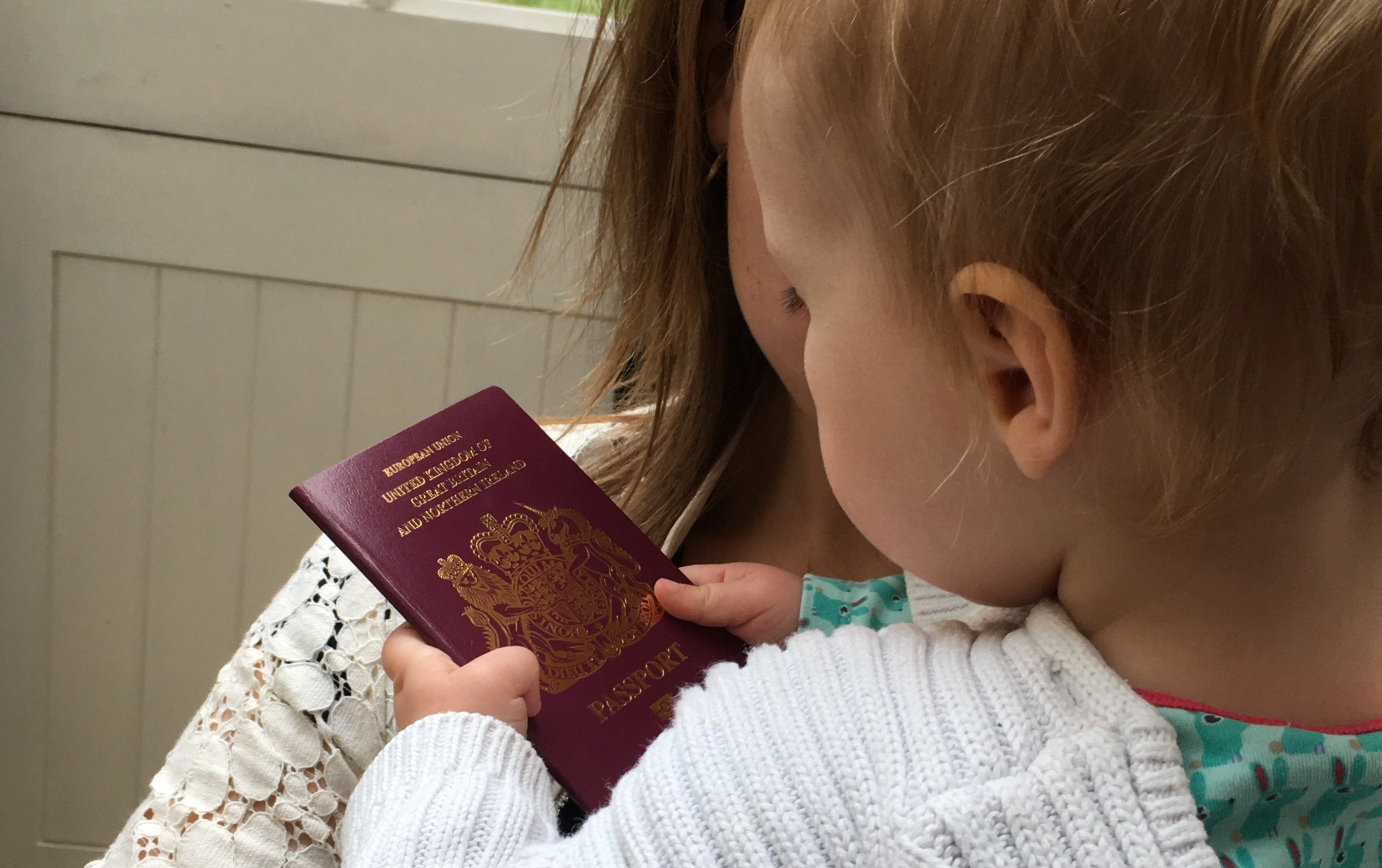
Fill out a paper application for your child’s first passport to take advantage of the Post Office’s ‘check and send’ service, which costs around £10 on top of the usual fee. The rules around passport photographs aren’t as strict for babies as they are adults, but it can still be tricky getting them right – a visit to a high street photo specialist or chemist will save you a lot of stress. If you’ve filled everything in correctly and sent in the right documents, the passport will be ready in about three weeks. There is a also fast track service to turn around a new passport within a week – it costs extra and you’ll need to attend an appointment.
Questions to ask a hotel
Most hotels should be able to supply a cot and high chair but do check when booking so you can bring your own if need be. Ask about in-room amenities: a kettle and fridge are absolute essentials; a bathtub is pretty handy too, but not a deal breaker. We always travel with a tiny inflatable paddling pool that fits in the bottom of even the most compact shower stalls. A balcony is a massive boon, giving you somewhere to sit and relax after baby’s bedtime. It’s worth asking about babysitting too. Most family-friendly places should be able to arrange it.
Enquire about a room at the end of a hallway but away from the lifts or stairs. Not only will your baby be less likely to be disturbed by the noise of other guests and, being further from occupied rooms, you’ll feel less guilty if your little one cries in the night.
Depending on your destination, it’s worth asking about the cost of a suite compared to a standard double – in a lot of the big US hotel chains there often isn’t much difference, and you’ll be grateful of the extra space to stow not just your sleeping child, but all their gear too. If that’s not an option, a large wardrobe can work nicely as a miniature bedroom for storing baby’s things out of the way and keeping the main room more organised.
Travel vaccinations
The standard vaccinations your baby will receive on the NHS will protect her from most of the diseases you might come across when travelling, particularly in developed nations. Further flung destinations often require additional vaccines, some of which can only be given above a certain age, so talk to your GP or practice nurse before booking your trip to make sure you’re covered.
Flying with baby

Take more food and milk than you think you might need so you’re covered in case of delays. Be prepared for baby’s feeding and sleep routines to go out the window when flying – there are just too many distractions to contend with and it’s impossible to time things properly when you’re dealing with security, boarding and other demands. I try to go with the flow and offer my daughter healthy snacks frequently to make sure she’s getting enough to eat. (Snacks can also serve as very useful distractions if your baby is getting bored or frustrated.) Breastfeeding mothers might find themselves feeding more frequently and for longer than usual on flights because the baby will seek comfort in the strange environment.
Pack as many small, non-noisy toys as you can reasonably fit into your carry-on. Soft toys and lift-the-flap books are a good bet and I find a “stunt wallet” filled with a few expired loyalty cards that I don’t mind losing can keep my daughter absorbed for ages. Walking up and down the plane offers endless new sights, sounds and interactions – you’ll probably spend a lot of the flight on your feet! A sling comes in very handy for getting your little one to nap while you’re on the move.
We always travel with Calpol, infant Nurofen and teething gel just in case. To avoid earache, encourage your little one to breastfeed, eat or drink during take off and landing. It offers a distraction from all the commotion.
Where to go
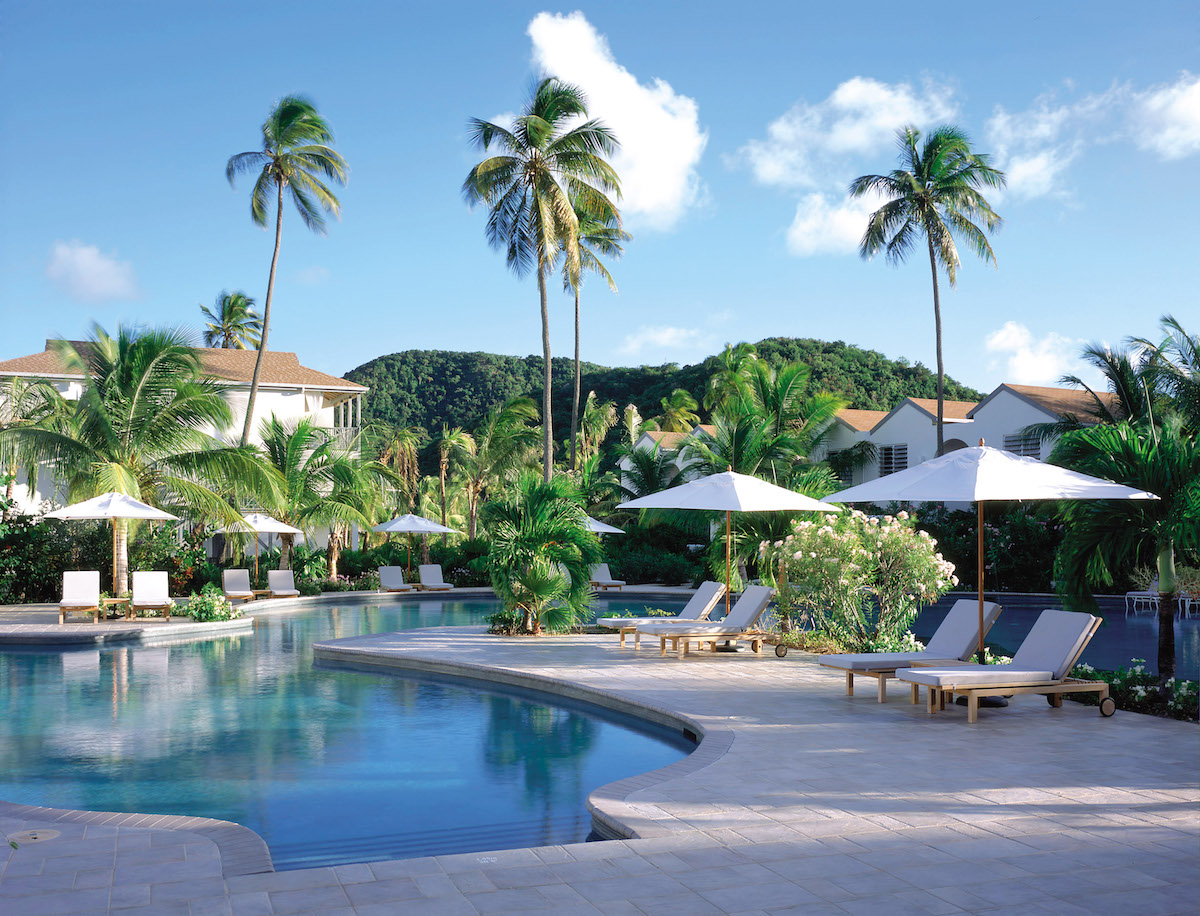
Pine Cliffs Resort, Algarve, Portugal. This clifftop resort boasts the largest kids club in the region and accepts babies from six months, leaving you free to enjoy the spa, golf course and 11 restaurants. Baby will love the bouncy castle and sandy beach too. Rooms from £145 per night. pinecliffs.com
Carlisle Bay, Antigua. This slice of paradise has its own private stretch of beach, where swaying palm trees offer plenty of natural shade. The pool is great fun, the kids club is open to babies six months old, and the staff are incredibly welcoming. Rooms from £773 per night. carlisle-bay.com
Sani Beach Hotel, Halkidiki, Greece. The crèche at this elegant all-suite hotel is open to babies from four months old, but you can also take advantage of ‘Babe Watch’ and take a dip in the sea while qualified staff look after your little one on the beach. From £160 per night. sani-resort.com

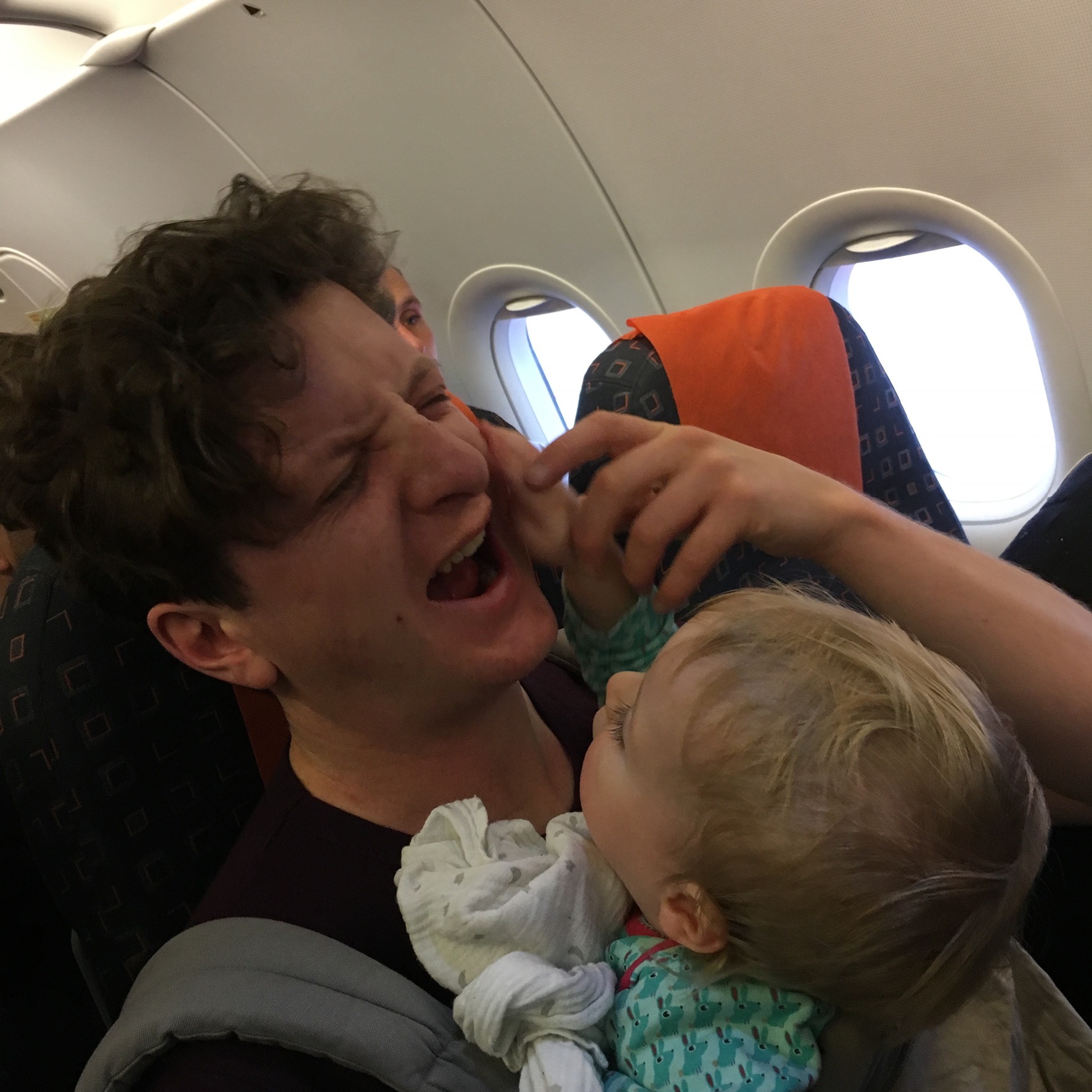 The sooner you start flying with your baby, the easier it is. You probably spend most of your time with your newborn in your arms anyway, so the fact that you’re on a plane is almost irrelevant. The chief challenge of flying with babies is keeping them entertained and newborns don’t require much in that regard, so if you have the opportunity to go abroad with your baby when she’s still very little, go for it. The other benefit to starting when she’s small is that it’s good practice for flying with her when she’s bigger and more aware of her surroundings: she’ll already be familiar with the strange environment of an aeroplane, you’ll be more confident and you’ll both have a better experience as a result.
The sooner you start flying with your baby, the easier it is. You probably spend most of your time with your newborn in your arms anyway, so the fact that you’re on a plane is almost irrelevant. The chief challenge of flying with babies is keeping them entertained and newborns don’t require much in that regard, so if you have the opportunity to go abroad with your baby when she’s still very little, go for it. The other benefit to starting when she’s small is that it’s good practice for flying with her when she’s bigger and more aware of her surroundings: she’ll already be familiar with the strange environment of an aeroplane, you’ll be more confident and you’ll both have a better experience as a result.